Packages & Tutorials
Engineering Files & Tools
Software
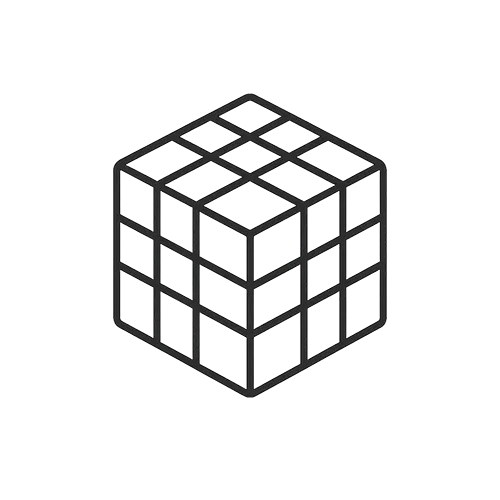
Ready-to-use Models (FEA/CFD)
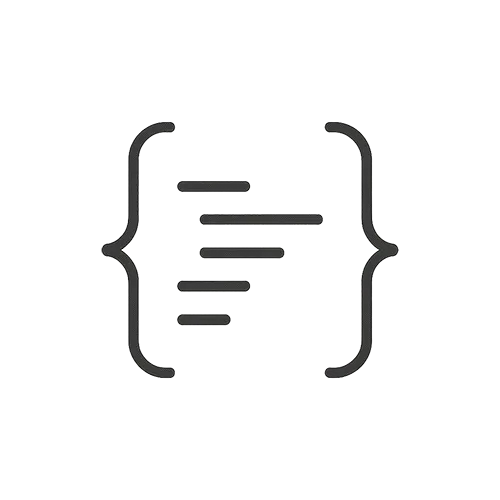
Excel Sheets & Hand Calculations




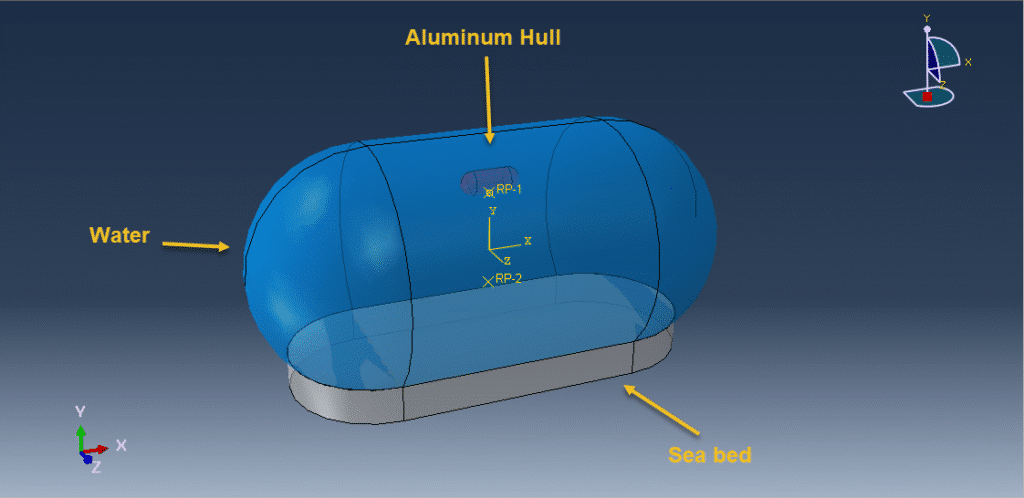
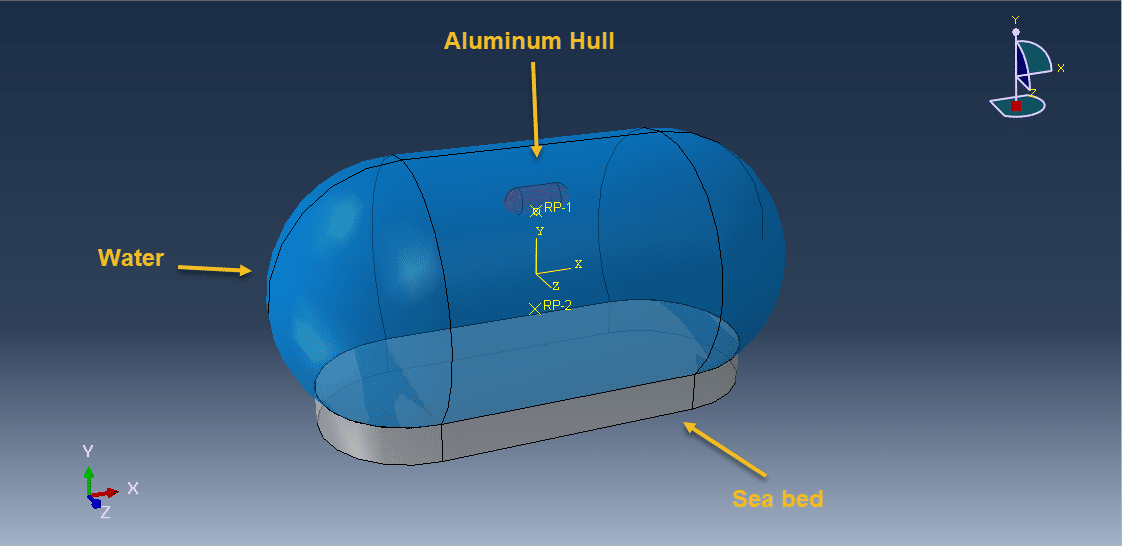

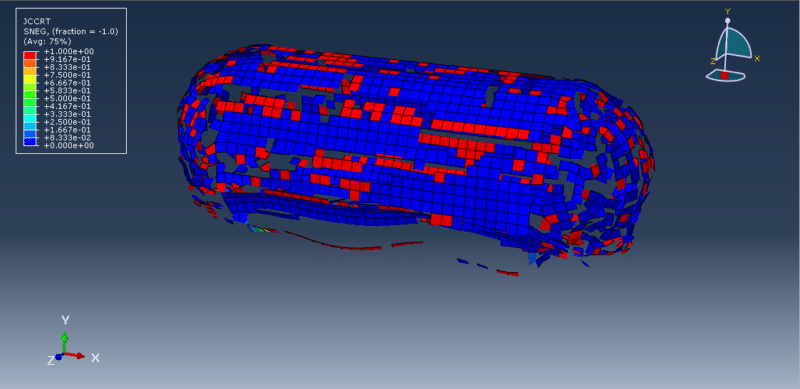
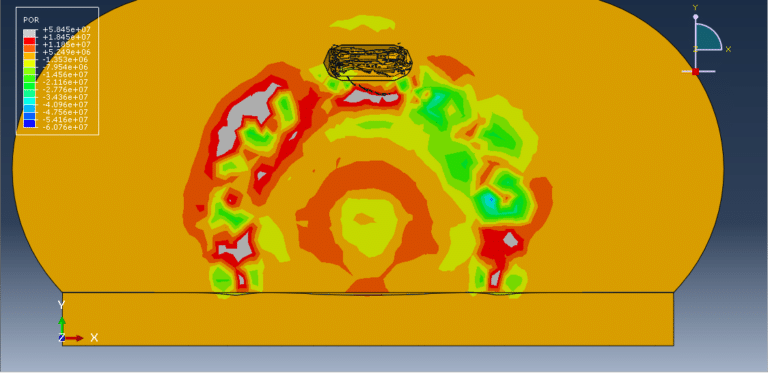
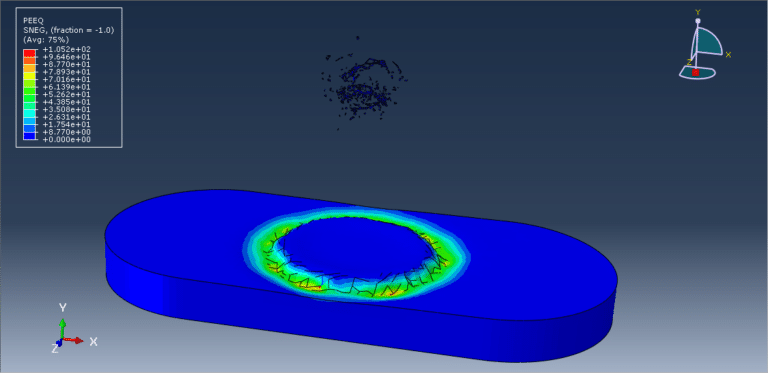
In this tutorial, the simulation of an underwater explosion (UNDEX) shock acting on a cylindrical aluminum shell with soil interaction has been carried out in Abaqus. The water domain is modeled as a three-dimensional solid part with acoustic behavior, the aluminum shell is modeled as a three-dimensional shell part, and the soil is represented as a solid part. In modern warfare, naval operations have become increasingly critical, and since World War II, systematic research has been conducted on underwater explosion phenomena. Precision strikes in naval warfare often involve non-contact explosions near a target, where the extent of structural damage depends on factors such as the explosive source, stand-off distance, surrounding medium, target size, and material properties. For near-field explosions, the target response is strongly influenced by detonation products and shock waves, while in far-field explosions, the persistence and propagation of the shock wave through the surrounding medium are of greater importance. The shock wave effect is closely tied to the response state of the medium through which it propagates. In this simulation, water is defined with acoustic medium properties, the aluminum shell is modeled with an elastic-plastic formulation and Johnson-Cook damage criterion, and the soil is modeled as an elastic-plastic material with Mohr-Coulomb plasticity. A dynamic explicit step is used for the analysis, which is suitable for capturing explosive shock effects. Perfect contact is assumed between water and soil, and between water and the shell. The UNDEX incident wave method is applied to transfer pressure loading through the water domain, while appropriate boundary conditions and fine meshing are defined to ensure accuracy. After the analysis, simulation outputs include stress, strain, damage, pore pressure, shock wave propagation, soil displacement, and other related responses for evaluation.


Dynamic
€1,00 €0,00
See more

Want to receive push notifications for all major on-site activities?